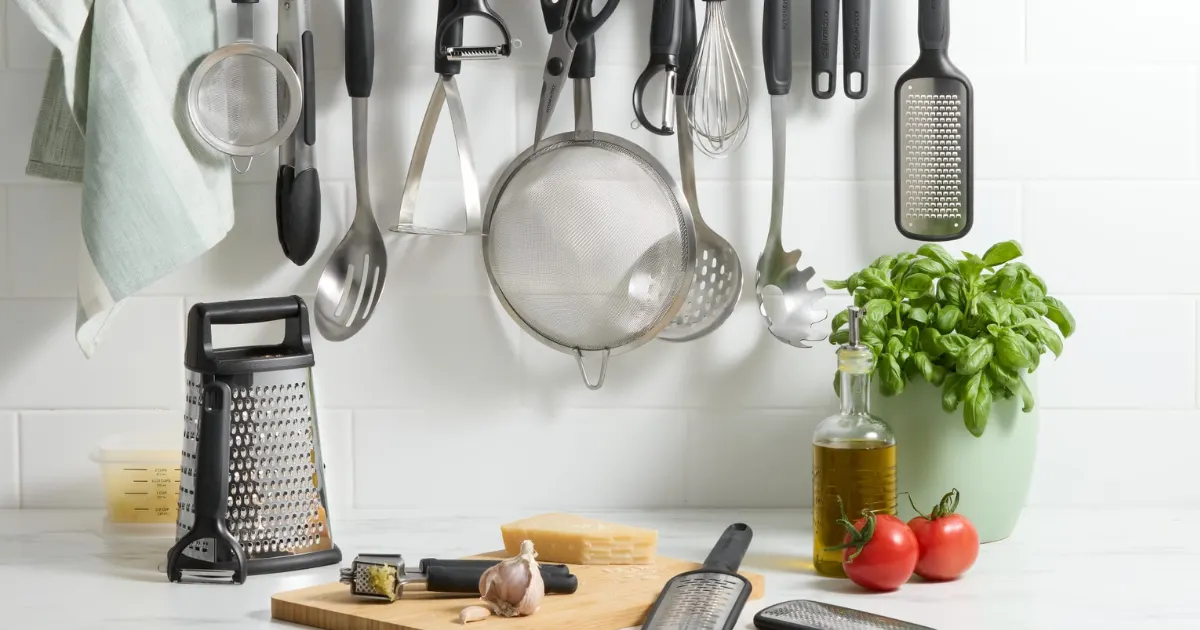Joint and musculoskeletal issues can cause discomfort, stiffness, and mobility challenges, making daily activities more difficult. However, with simple home adjustments, you can reduce strain on your joints, promote better posture, and alleviate discomfort. Many individuals seek information on back pain relief, knee pain treatment, and arthritis symptoms to improve their quality of life. This guide provides practical tips on how to organize your home to support joint and musculoskeletal health.
Why Home Organization Matters for Joint Health
Many daily tasks involve movements that can put stress on joints and muscles. Poor ergonomics, clutter, and improper furniture can lead to unnecessary strain, and aggravating conditions such as arthritis, osteoporosis, or chronic pain. By making small but effective changes, you can reduce discomfort and enhance overall mobility.
1. Kitchen Adjustments for Joint Comfort
Standing for long periods while cooking, washing dishes, or performing kitchen tasks can worsen knee pain and joint stiffness. To minimize discomfort, consider these modifications:
Use Ergonomic Tools
-
- Choose kitchen utensils with thicker, padded handles for a better grip and reduced strain on the hands and wrists.
- Consider using electric can openers, jar openers, and lightweight cookware to minimize exertion.
- Invest in an anti-fatigue mat to reduce pressure on the knees, hips, and lower back when standing for extended periods.
Use an Anti-Fatigue Mat
-
- Place an ergonomic anti-fatigue mat in front of the sink, stove, or counter where you stand the most. This helps reduce pressure on your knees and lower back, contributing to back pain relief.
- Opt for a mat with good cushioning and non-slip backing for added safety.
Take Frequent Breaks and Shift Weight
-
- Avoid standing in one place for long periods. Shift your weight from one foot to the other or take short seated breaks while preparing meals.
- Use a high stool with back support for tasks like chopping vegetables or stirring ingredients.
Keep Essential Items at an Accessible Height
-
- Store frequently used items within arm’s reach to reduce unnecessary bending or stretching, which can aggravate arthritis symptoms.
- Avoid placing heavy cookware in low cabinets to minimize strain on your joints.
Provide a Seating Option
-
- Use a high stool to rest while prepping food instead of standing for long periods.
- Ensure the stool provides proper back support to maintain good posture.
2. Comfortable Living Room Setup
Sitting for extended periods can also contribute to joint discomfort and poor circulation. Here’s how to set up your living space for comfort and relief:
Elevate Your Legs While Watching TV
- Use a footrest or ottoman to keep your legs elevated when sitting on the sofa. Elevating your legs above heart level can help with knee pain relief and reduce swelling.
- If using a recliner, ensure that your feet are fully supported rather than dangling.
Maintain Proper Seating Support
- Choose a chair or sofa with good lumbar support to promote better posture and reduce back strain, essential for back pain relief.
- Avoid sitting cross-legged, as this can restrict blood flow and worsen joint discomfort.
Encourage Movement
- Set a reminder to get up and move around every 30 minutes to improve circulation and prevent joint stiffness.
- Perform simple seated leg exercises, such as ankle rotations or flexing and pointing your toes, to support knee pain treatment.
Opt for Supportive Seating
-
- Choose chairs and sofas with good lumbar support and firm cushions.
- Ensure that chairs allow your feet to rest flat on the floor and that your knees are at a 90-degree angle.
Declutter Walkways
-
- Keep pathways clear to reduce the risk of trips and falls.
- Arrange furniture in a way that allows for easy navigation, especially for individuals using mobility aids.
Improve Lighting Conditions
-
- Use adjustable task lighting for reading or hobbies to prevent poor posture and neck strain.
- Install motion-sensor lights to enhance visibility at night and prevent falls.
3. Bedroom Adjustments for Better Joint Health
A restful sleep environment is essential for managing arthritis symptoms and reducing joint discomfort. Making a few adjustments can significantly improve sleep quality:
Elevate Your Legs While Sleeping
- Place a pillow under your knees or legs to keep them slightly elevated and reduce pressure on the joints.
- Consider using an adjustable bed frame or a wedge pillow for added support.
Choose the Right Mattress and Bedding
- A medium-firm mattress provides better spinal alignment and joint support, essential for back pain relief.
- Use breathable sheets and blankets to maintain good circulation and prevent overheating, which can worsen joint inflammation.
- Use memory foam pillows to support the neck and knees, reducing strain.
Keep Essentials Within Reach
-
- Place water bottles, medications, and personal items on a bedside table to minimize excessive movement during the night.
- Install soft lighting with easy-to-reach switches to prevent stretching or awkward postures in bed.
Install Bed Rails for Support
-
- If mobility is an issue, consider adding bed rails or support handles to assist with getting in and out of bed safely.
4. Bathroom Modifications for Standing Comfort
Bathrooms are high-risk areas for slips and falls, making safety adjustments crucial. Certain bathroom activities, such as bathing and grooming, can put stress on the joints. Here’s how to create a more comfortable setup:
Use a Padded Mat for Standing Activities
- Place an anti-fatigue mat in front of the sink or mirror where you stand while brushing your teeth or shaving.
- Opt for a waterproof mat with non-slip backing for safety.
Sit While Grooming
- Use a small stool or bench while applying skincare, drying your hair, or performing other grooming routines.
- Avoid prolonged standing on hard surfaces, as this increases joint discomfort and may worsen arthritis symptoms.
Install Grab Bars
-
- Secure grab bars near the toilet and shower to provide stability while sitting or standing.
Use a Raised Toilet Seat
-
- A raised toilet seat reduces the strain on the knees and hips, making it easier to sit and stand.
Implement Non-Slip Solutions
-
- Place non-slip mats inside and outside the shower to prevent slipping.
- Use a shower chair to minimize standing time while bathing.
5. Home Office Ergonomics for Joint Health
If you work from home or spend long hours sitting at a desk, proper ergonomics can make a big difference in managing back pain relief and knee pain treatment.
Keep Your Feet Elevated
- Use a footrest to elevate your legs slightly while sitting at your desk, reducing strain on the knees.
- Avoid letting your legs dangle, as this can restrict blood circulation and contribute to joint stiffness.
Use an Adjustable Desk and Chair
- Adjust your chair height so your feet rest flat on the ground or on a footrest.
- Consider using a sit-stand desk to alternate between sitting and standing throughout the day to reduce arthritis symptoms.
Choose an Ergonomic Chair
-
- Invest in an adjustable chair with lumbar support to encourage proper posture.
- Keep your feet flat on the ground or use a footrest for support.
Optimize Desk Height and Screen Positioning
-
- Adjust your desk height so that your elbows rest at a comfortable 90-degree angle.
- Position your monitor at eye level to prevent neck strain.
Take Frequent Breaks
-
- Stand up, stretch, and move around every 30 minutes to improve circulation and reduce stiffness.
6. The Role of Lighting in Preventing Poor Posture
Lighting is often overlooked, yet it significantly impacts how we position our bodies.
Maximize Natural Light
-
- Arrange furniture to make the most of natural daylight, reducing eye strain and encouraging better posture.
Use Task Lighting
-
- Desk lamps, under-cabinet kitchen lights, and bedside lamps improve visibility and reduce the need to hunch over.
Eliminate Glare
-
- Position screens and mirrors to avoid direct glare, which can cause awkward head positioning and strain.
Final Thoughts
By making small yet effective changes to your home environment, you can manage the discomfort of joint and musculoskeletal issues and support overall mobility. From using anti-fatigue mats to elevating your legs while sitting, these simple adjustments can lead to long-term back pain relief, improved posture, and reduced arthritis symptoms.




0 Comments